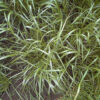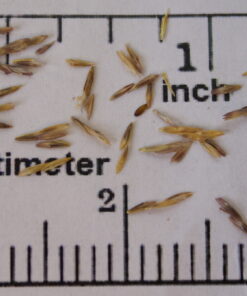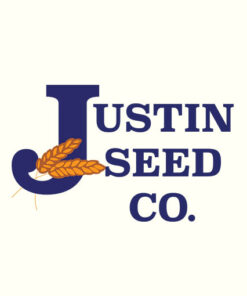Johnsongrass
$4.50 /lbs. (pounds)
Good hay, grazing with management. Do not over graze – Prussic Acid Poison.
Out of stock
Good hay, grazing with management. Do not over graze – Prussic Acid Poison.
| Grow Height |
Cold Tolerance |
Minimum |
Planting Rate |
|
3-8′ |
Good |
18″ |
20-25 lb. |
| Weight | 1 lbs |
|---|
Be the first to review “Johnsongrass” Cancel reply
You must be logged in to post a review.
Related products
Warm season perennial tufted bunch grass. Used for grazing and erosion control. Broad, natural geographic distribution with wide variation in types of plants.
Good pasture. Cajun II is a forage-type endophyte-free tall fescue that promises broad adaptation and high yields.
Good pasture. Not recommended to leave livestock on pasture for extended periods. Has been used as turfgrass. Plant 4-10 lb. per 1000 sqft.
Heavy producer. Best in pure stands. Long root system. Old growth not palatable. Weeping lovegrass prefers a light-textured, well-drained soil, and will thrive on soils of low fertility.
Improvement over annual for grazing, especially in rust prone areas (high rainfall).
Forage bermudagrass with wide, soft leaves. It shows rapid establishment from seed and aggressive spreading from stolons and rhizomes. Chilly Verede has persisted through cold winters in North Carolina, where it was developed, and has excellent heat and drought tolerance.
Warm-season perennial bunchgrass introduced from Africa. Adapted to a wide range of heavy soils and dry conditions in central Texas and on wet soils in the Gulf coast.











Reviews
There are no reviews yet.